Sanlam are a major provider of financial products and services. Established internationally for over 100 years they are a proven market leader with innovation a key cornerstone of their award winning business.
Sanlam had a records department occupying a large office space on the ground floor of a premium site in central Bristol. A significant amount of this space was consumed by two large microfiche storage carousels in which were housed their collection of approximately 620,000 jackets. This archive contained information on investment portfolios by clients and brokers.
A plan was enabled to digitise the archive thereby removing the requirement for the microfiche and associated storage. The department could then be relocated to a smaller office area elsewhere in the building and the current space re-purposed into a more usable customer-facing space.
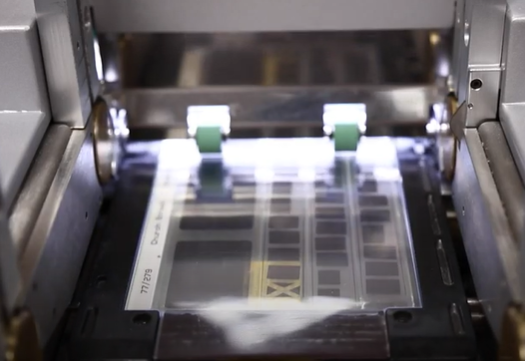 Sanlam purchased a Wicks & Wilson 7750 ScanStation to fulfil the daily business requirement of approximately 12 microfiche requests per day. With this infrastructure though it would prove impossible to digitise the entire collection of microfiche in a sensible timeframe. Genus proposed a solution encompassing the uplift of the entire archive to our Nuneaton facility, secure storage for the duration of the project, a service to provide daily retrievals to a strict SLA and back-scanning of the entire archive. Genus was selected due to it’s impressive 46 year history in microfilm together with a proven track-record of successfully delivering digitisation projects of highly confidential material and data.
Sanlam purchased a Wicks & Wilson 7750 ScanStation to fulfil the daily business requirement of approximately 12 microfiche requests per day. With this infrastructure though it would prove impossible to digitise the entire collection of microfiche in a sensible timeframe. Genus proposed a solution encompassing the uplift of the entire archive to our Nuneaton facility, secure storage for the duration of the project, a service to provide daily retrievals to a strict SLA and back-scanning of the entire archive. Genus was selected due to it’s impressive 46 year history in microfilm together with a proven track-record of successfully delivering digitisation projects of highly confidential material and data.
To ensure no disruption to business, the entire archive was collected over one bank-holiday weekend by a Genus Team. Our unmarked, GPS tracked vehicles were utilised on a rolling shuttle service while a team distilled the fiche from the carousels into transit crates while maintaining the filing integrity. The vehicles were used according to our SOP’s of two staff in each vehicle, direct routes between collection and our premises with no stopping en-route.
Upon arrival at Genus, the crates were immediately ingested into our secure storage area where they would remain for the duration of the project. A new studio was constructed for the sole use of this project to ensure production could be maintained without interruption and to provide the level of security demanded by the client. Genus is independently certified to ISO27001:2013 for Information security but by having a dedicated studio for this project we were able to restrict access to staff working on this project by programming our card entry system appropriately. The storage annex within the studio had additional security status and was accessible only by supervisory staff. Despite the measures already in place, the client carried out additional due diligence by performing a review of privacy controls, compliance, IT services plus an additional 130-point security checklist. The secure nature of our premises, CCTV monitoring and the controls set in place by our ISO9001:2015 accreditation all ensured there were no issues in preventing us performing the contract to their satisfaction.
The initial priority was to be operational on day 1 of the project. The business demanded there would be no disruption to normal business therefore requests for information made on the Thursday before the weekend shut-down would be available on Monday following the weekend. To facilitate this, a racking system was installed and the 531 boxes of microfiche were decanted from the transit crates directly onto shelving in the correct filing order. This was completed over the weekend by a second team of staff. On Monday morning the production team was waiting for the first requests to come in and there was no interruption to the business. Requests were made via a dedicated email account and image files were then delivered by upload to our sFTP server for remote download. The SLA was very specific with requested files received before 14:00 to be delivered before 09:30 on the next business day. Daily requests averaged 12 per day over the 12 month project with a maximum of 100 received in a single day. As more of the archive was digitised, the number of requests reduced throughout the project.
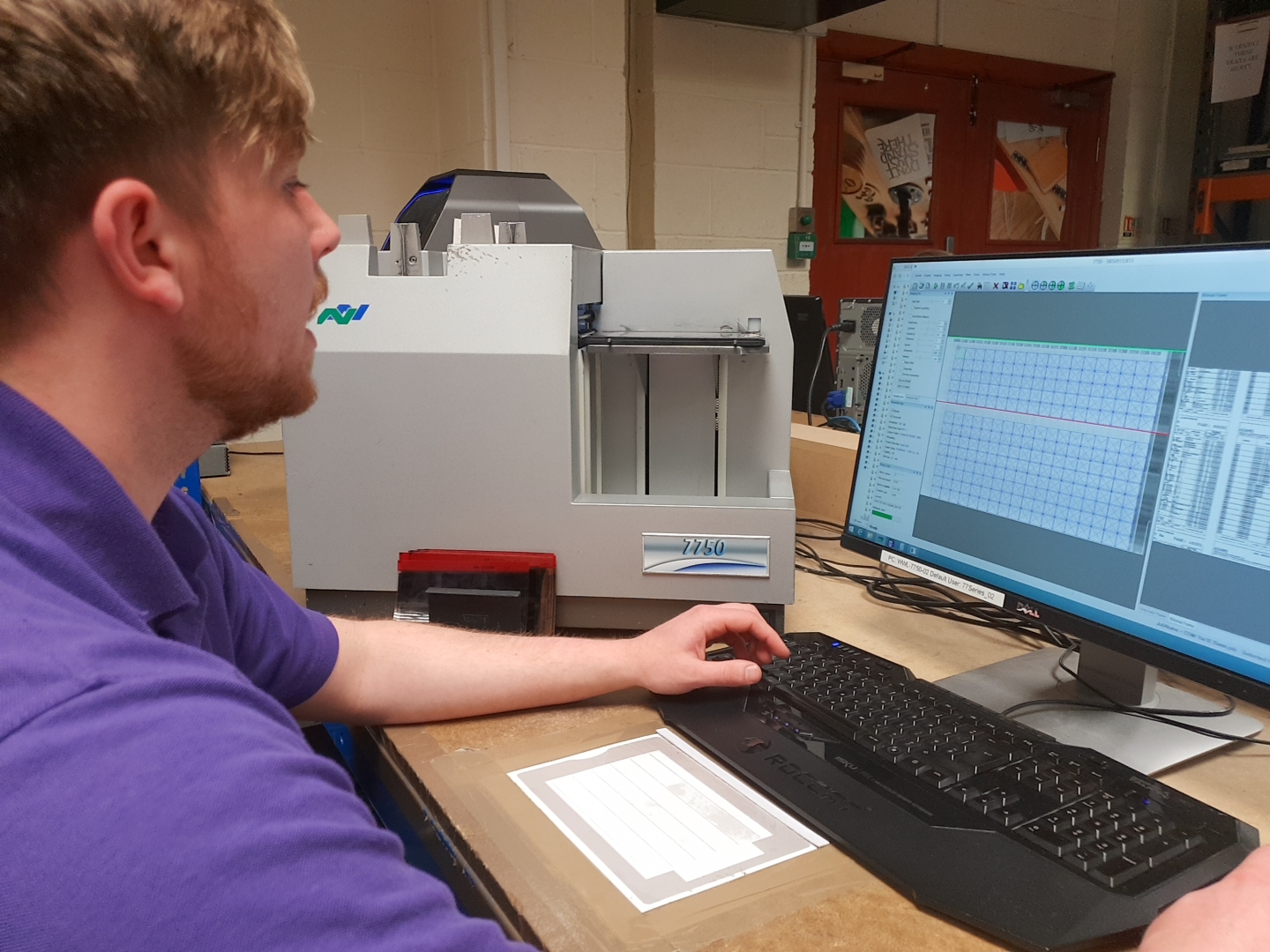 The next priority was to digitise the entire archive within the specified 12 months. Again, a very specific SLA was in place dictating which boxes of fiche were to be delivered on certain dates. For the bulk scanning operation, delivery time was less critical so delivery by sFTP was rejected on risk grounds in favour of 256-bit AES-XTS encrypted hard drives. The hard drives were selected based on their security encryption, rugged construction, fast transfer speed and tamper proof design. During the entire project we did not experience any hardware failures.
The next priority was to digitise the entire archive within the specified 12 months. Again, a very specific SLA was in place dictating which boxes of fiche were to be delivered on certain dates. For the bulk scanning operation, delivery time was less critical so delivery by sFTP was rejected on risk grounds in favour of 256-bit AES-XTS encrypted hard drives. The hard drives were selected based on their security encryption, rugged construction, fast transfer speed and tamper proof design. During the entire project we did not experience any hardware failures.
A fortnightly delivery of content was specified. The hard drives were formatted and given a unique, brand new 8-digit PIN which was changed for each delivery. Upon receipt with the client, the disk was downloaded and formatted before being returned to Genus. A number of disks were in use for redundancy purposes.
To enable us to digitise the archive within the allotted timeframe we employed 7 Wicks & Wilson 7750 ScanStations working 14hr shifts giving us the capacity to capture 5,000 fiche every day. The SLA demanded deliveries of approximately 25,000 fiche (or up to 1.5 million images) every two weeks so our production capacity enabled us to build a buffer to cover for unexpected issues or shortfalls.
Genus has invested heavily in software apps and infrastructure capability giving us an internal storage capacity of over 120TB with 7 servers performing image processing tasks. Our server based image transformation package will convert up to 16,000 image files per hour running unattended 24/7. Over the course of the project, approximately 25 million images were captured.
The title information recorded on the fiche header stripe was an internal reference which bore no resemblance to the required Entity Number. A lookup table was provided by the client to act as a cross reference between fiche header and Entity Number so we could build a tool to automatically rename each scanned file with the correct reference. To accompany the files, a CSV index file for each delivery was provided.
A project manager was allocated to the project and they were in direct contact for the duration of the contract with their counterpart at Sanlam. Weekly updates were provided and this close contact ensured a successful and smooth delivery of this substantial project.
If you have an archive of confidential information on microfilm or microfiche and have concerns due to the size or security implications of a digitisation project then contact Genus to see how we can help improve access to your information.
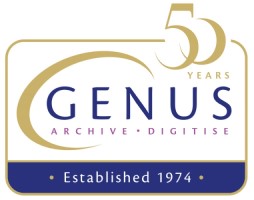
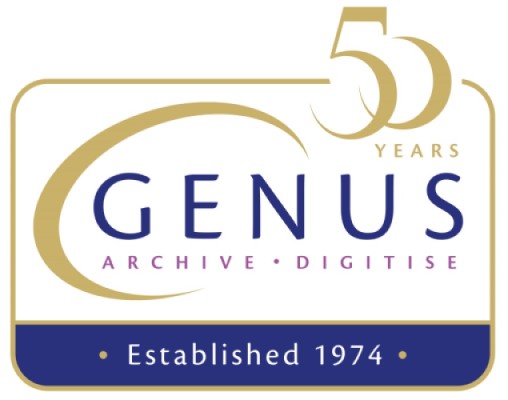

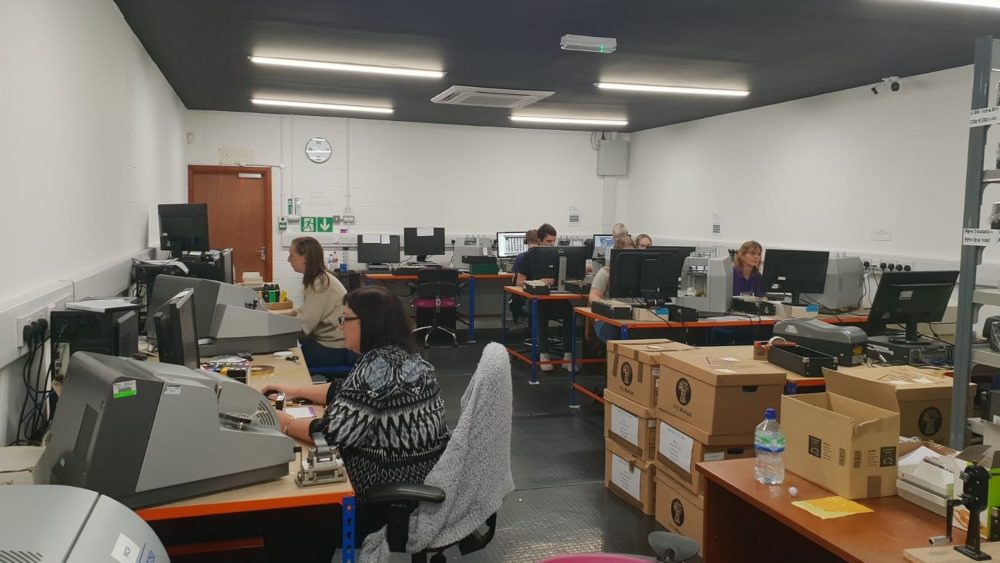
Comments are closed.